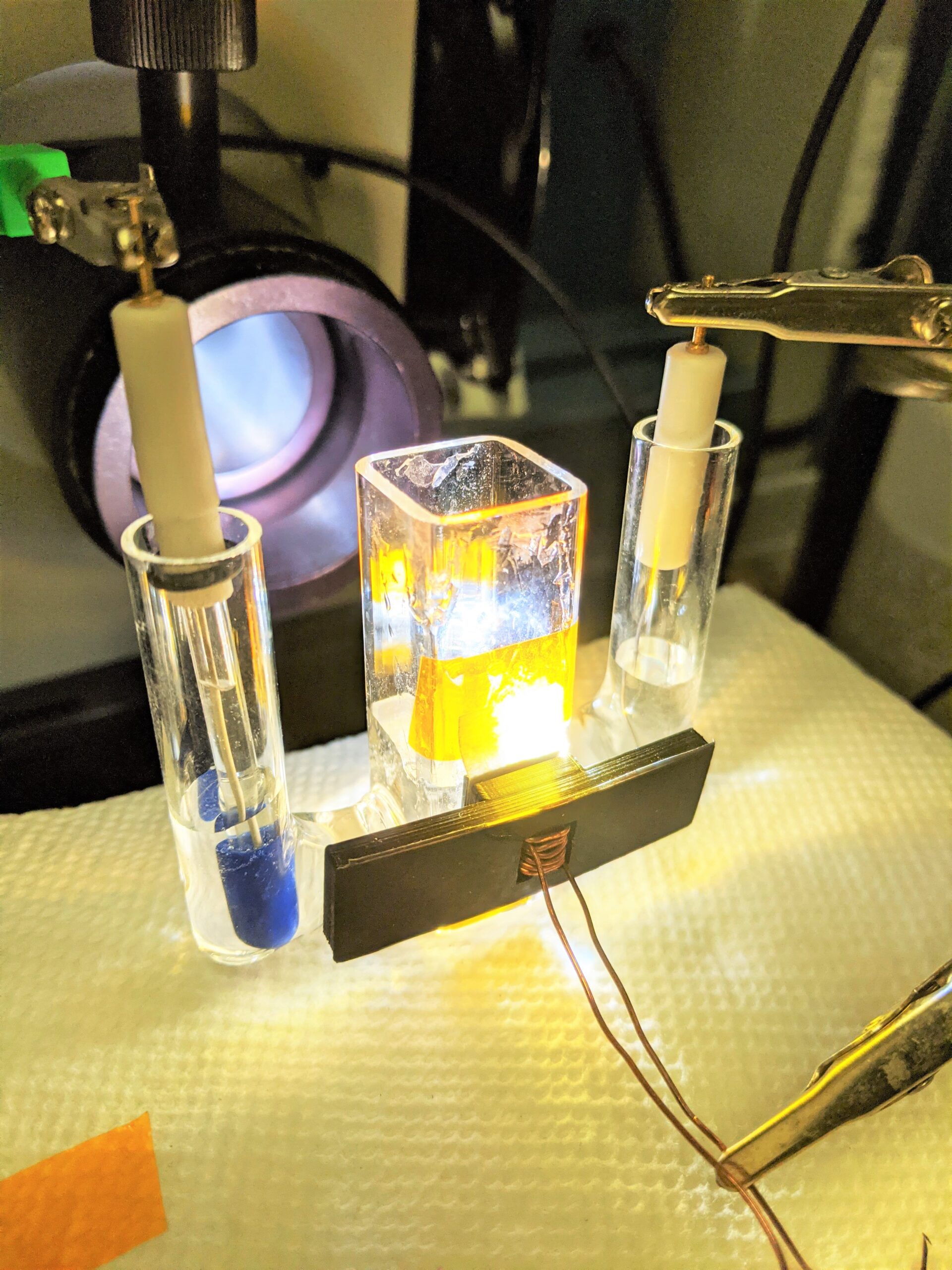(Microbially produced fibers: stronger than steel, tougher than Kevlar)
2021-07-20 アメリカ合衆国・ワシントン大学セントルイス校

・ ワシントン大学セントルイス校が、遺伝子組み換え微生物を使用した、アミロイドとシルクによるハイブリッドタンパク質ファイバーの生成技術を開発。
・ 「高分子アミロイド」ファイバーと称する同ハイブリッドファイバーは、最も強靱な材料の一つである天然のスパイダーシルクを超える強度と靱性を有する。
・ 本研究では、2018 年に開発した遺伝子組み換え微生物による合成生物学プラットフォームを活用。同プラットフォームでは、天然のスパイダーシルクと同等の機械的特性を持つ組み換えスパイダーシルクを生成する。今回は、スパイダーシルクの優れた特性を維持しながらそのタンパク質のアミノ酸配列に新しい特性を組み込みんだ。
・ 組み換えスパイダーシルクでは、天然のスパイダーシルクの主要な構成要素であり、材料に機械的な強度を付与するβ-ナノクリスタルが欠けていた。人工的な紡糸プロセスでは、合成シルクファイバーのナノクリスタルの量が天然のものに比べて少なくなる。
・ そのため、β-ナノクリスタルを形成する傾向の高いアミロイド配列を取り入れ、シルクの配列を再設計し、十分に研究されている 3 種類のアミロイド配列を利用して高分子アミロイドタンパク質を作製した。
・ 同タンパク質は、天然のスパイダーシルクに比べてアミノ酸配列の繰り返しが少ないため、遺伝子組み換え微生物が容易に生産できるようになり、128 個の繰り返しユニットから構成されるハイブリッド高分子アミロイドを作製した。このような繰り返しユニットによるスパイダーシルクタンパク質の組み換え発現は、これまで困難とされていた。
・ タンパク質が長くなるほどファイバーの強度と靱性が向上するため、同ハイブリッド高分子アミロイドのファイバーでは、標準的な鋼鉄よりも高いギガパスカルの強度に加え、Kevlar やこれまでに作製されている組み換えスパイダーシルクファイバーを超える靱性を達成した。
・ このような強靱なファイバーの実証は、生物のエンジニアリングにより、優れた特性の天然材料を超越する材料の開発が可能であることを示すもの。本研究では、数千種類のうちの僅か 3 種類のアミロイド配列で特性の強化に成功したが、同プラットフォームを利用した高性能材料のエンジニアリングの可能性は無限。
・ 本研究は、米国農務省(USDA)と米国海軍研究局(ONR)が支援した。
URL: https://engineering.wustl.edu/news/2021/Microbially-produced-fibers-stronger-than-steel-tougher-than-Kevlar.html
<NEDO海外技術情報より>
(関連情報)
ACS Nano 掲載論文(アブストラクトのみ:全文は有料))
Microbially Synthesized Polymeric Amyloid Fiber Promotes β-Nanocrystal Formation and Displays
Gigapascal Tensile Strength
URL: https://pubs.acs.org/doi/10.1021/acsnano.1c02944
Abstract
The ability of amyloid proteins to form stable β-sheet nanofibrils has made them potential candidates for material innovation in nanotechnology. However, such a nanoscale feature has rarely translated into attractive macroscopic properties for mechanically demanding applications. Here, we present a strategy by fusing amyloid peptides with flexible linkers from spidroin; the resulting polymeric amyloid proteins can be biosynthesized using engineered microbes and wet-spun into macroscopic fibers. Using this strategy, fibers from three different amyloid groups were fabricated. Structural analyses unveil the presence of β-nanocrystals that resemble the cross-β structure of amyloid nanofibrils. These polymeric amyloid fibers have displayed strong and molecular-weight-dependent mechanical properties. Fibers made of a protein polymer containing 128 repeats of the FGAILSS sequence displayed an average ultimate tensile strength of 0.98 ± 0.08 GPa and an average toughness of 161 ± 26 MJ/m3, surpassing most recombinant protein fibers and even some natural spider silk fibers. The design strategy and the biosynthetic approach can be expanded to create numerous functional materials, and the macroscopic amyloid fibers will enable a wide range of mechanically demanding applications.



